
How Do I Get Started with the VEX GO Competition?
Step 1 - Mission Selection
Step 2 - Build Part of the Field
Step 3 - Build a Robot
Step 4 - Practice Driving
Step 5 - Practice the Competition
Step 6 - Build the next Stage
Step 7 - Participate in a Competition

STEP 1- MISSION SELECTION
Select one of the VEX GO Competitions. Students new to robotics should start with the Ocean Science Exploration.
The Competitions require increasing levels of robot complexity as they progress from Ocean in this order from easiest (Ocean Science Exploration) to hardest (Village Engineering Construction).
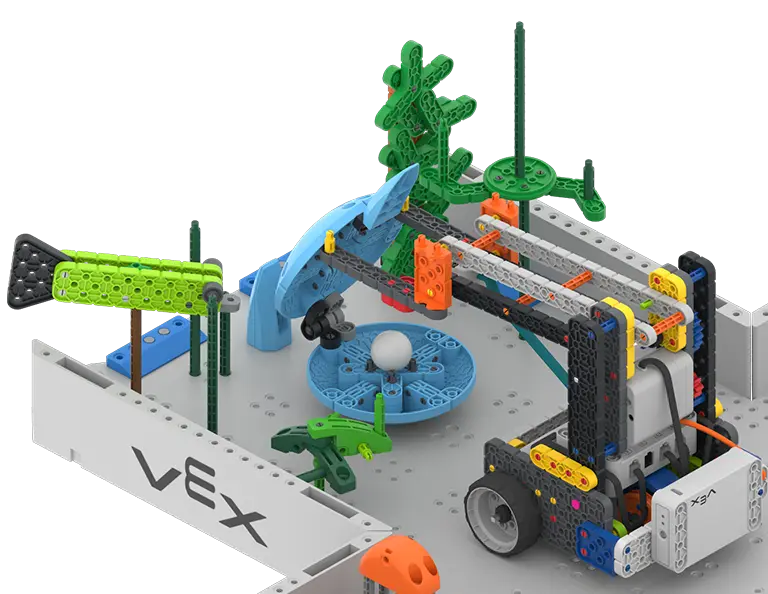
Ocean Science Exploration
• STEM Lab
• Ocean Science Exploration PDF Storybook
• Competition Build Instructions
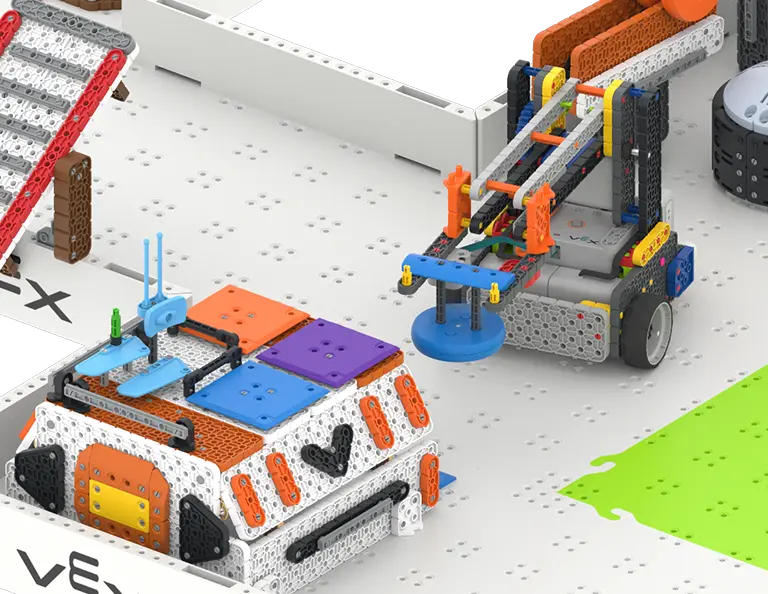
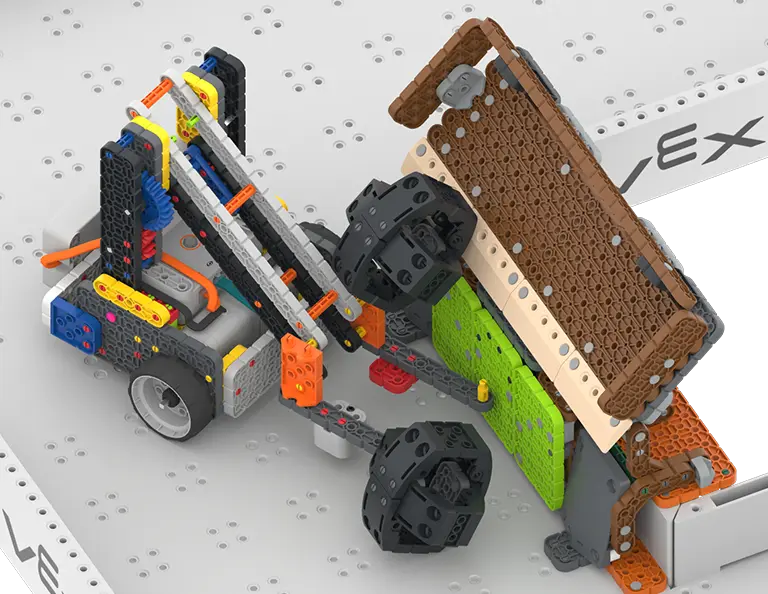
City Technology Rebuild
• STEM Lab
• City Technology Rebuild PDF Storybook
• Competition Build Instructions
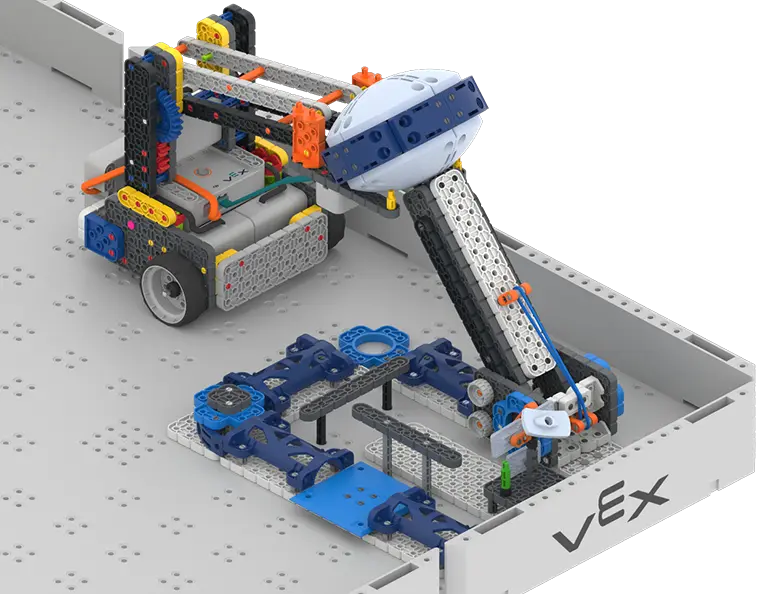
Village Engineering Construction
• STEM Lab
• Village Engineering Construction PDF Storybook
• Competition Build Instructions
STEP 2- BUILD PART OF THE FIELD
We recommend that students build the VEX GO Competition field. This will give them experience building with VEX parts and working in teams.
Each Mission is divided into four Stages. The stages introduce the game, scoring and rules in increments. Stages allow the students to focus their robot builds on a subset of the tasks.
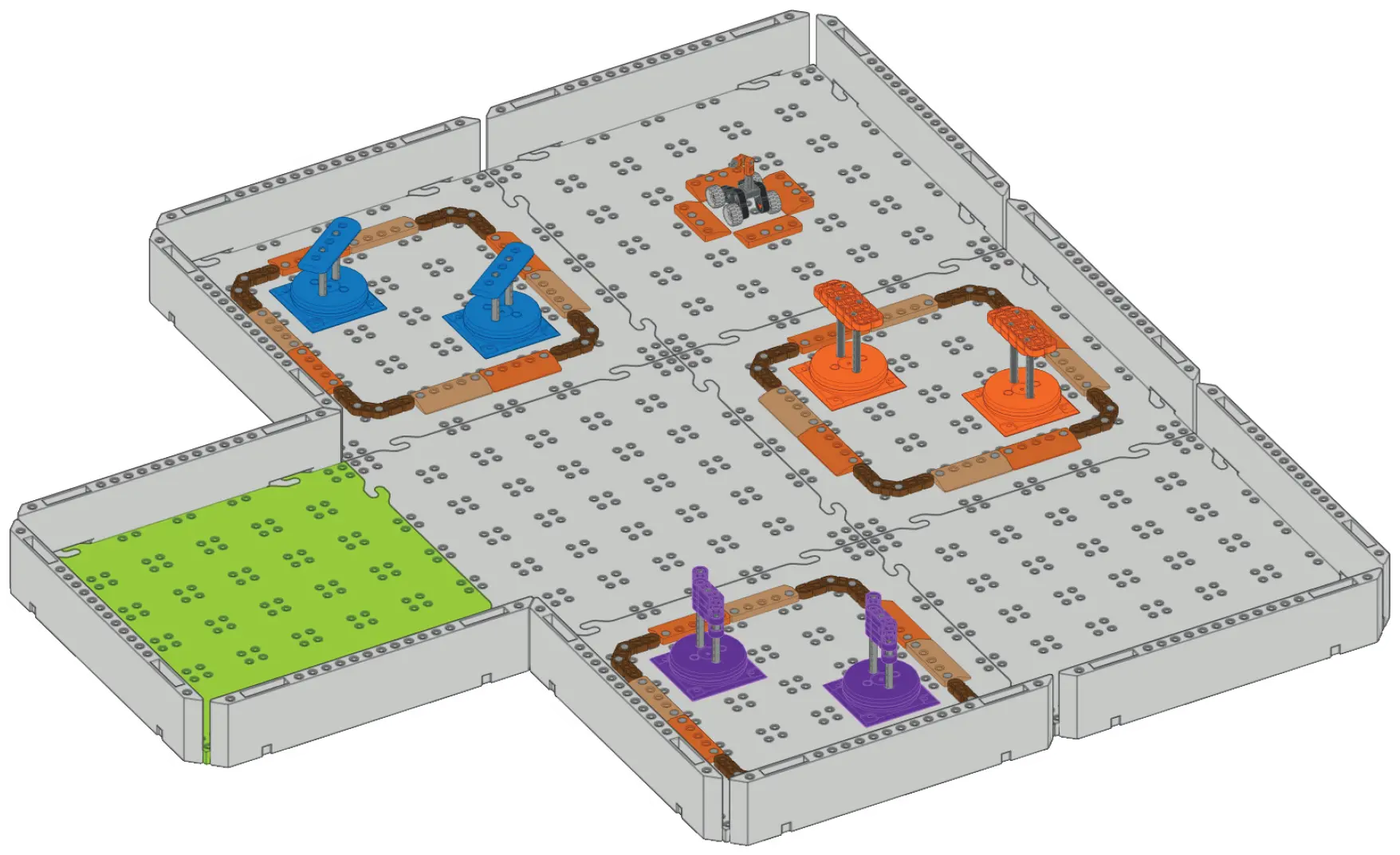
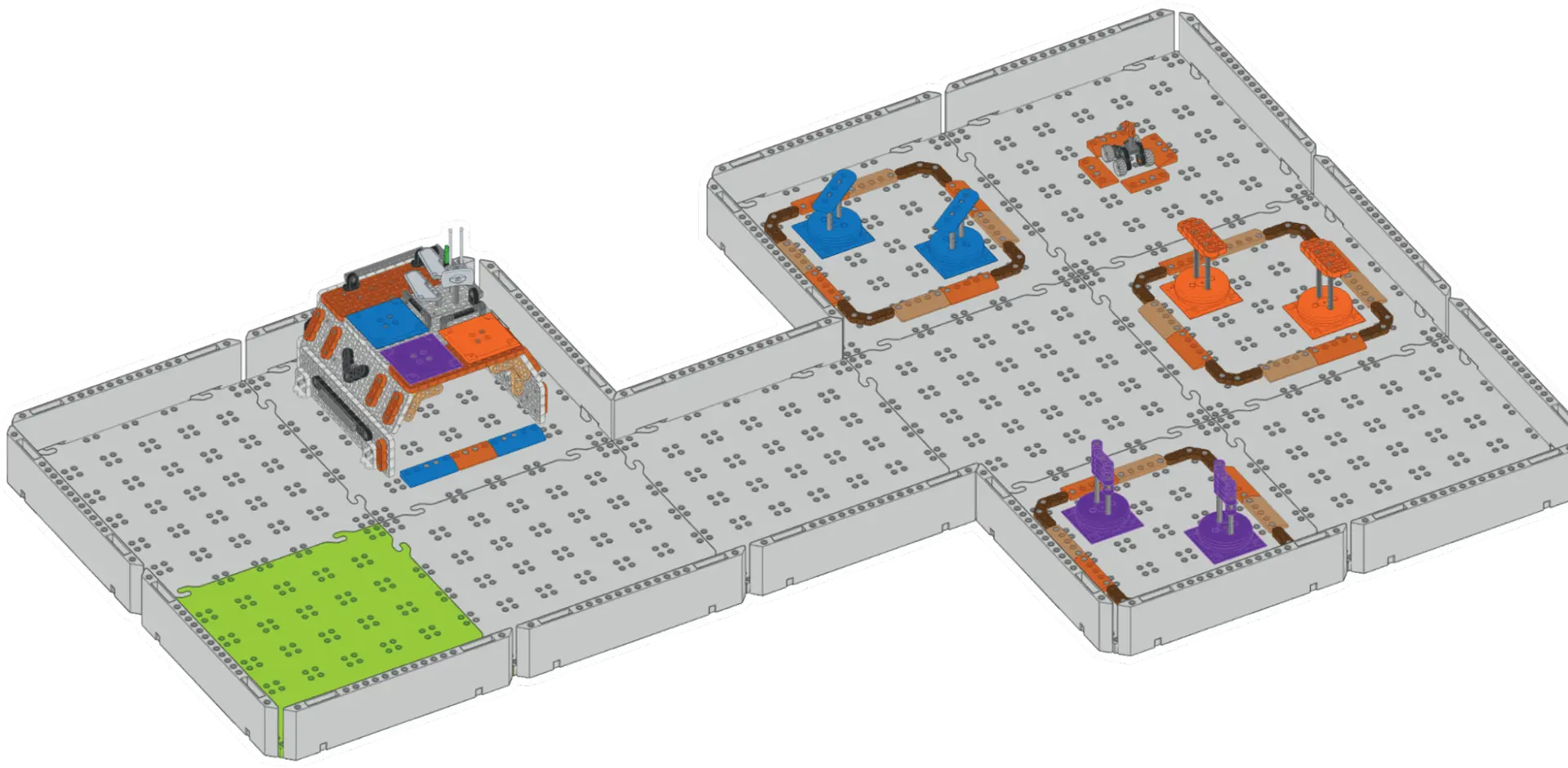
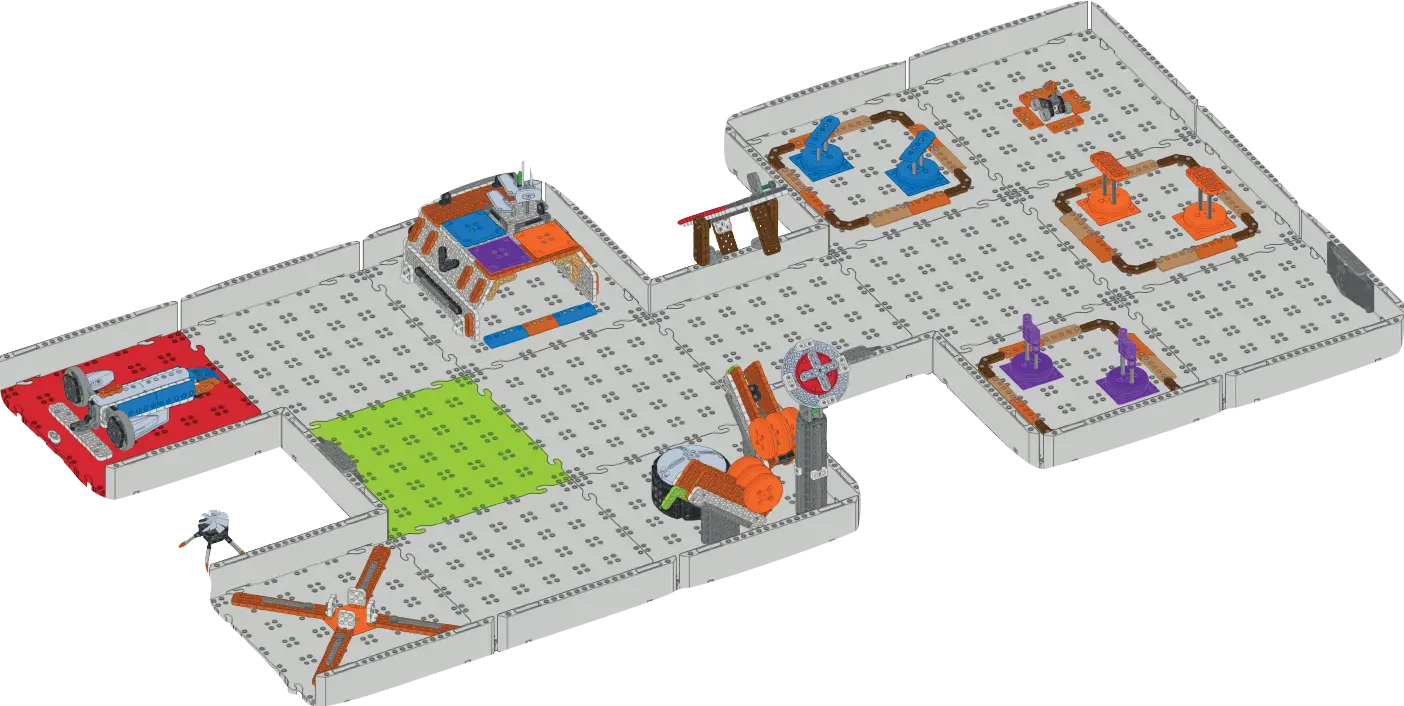
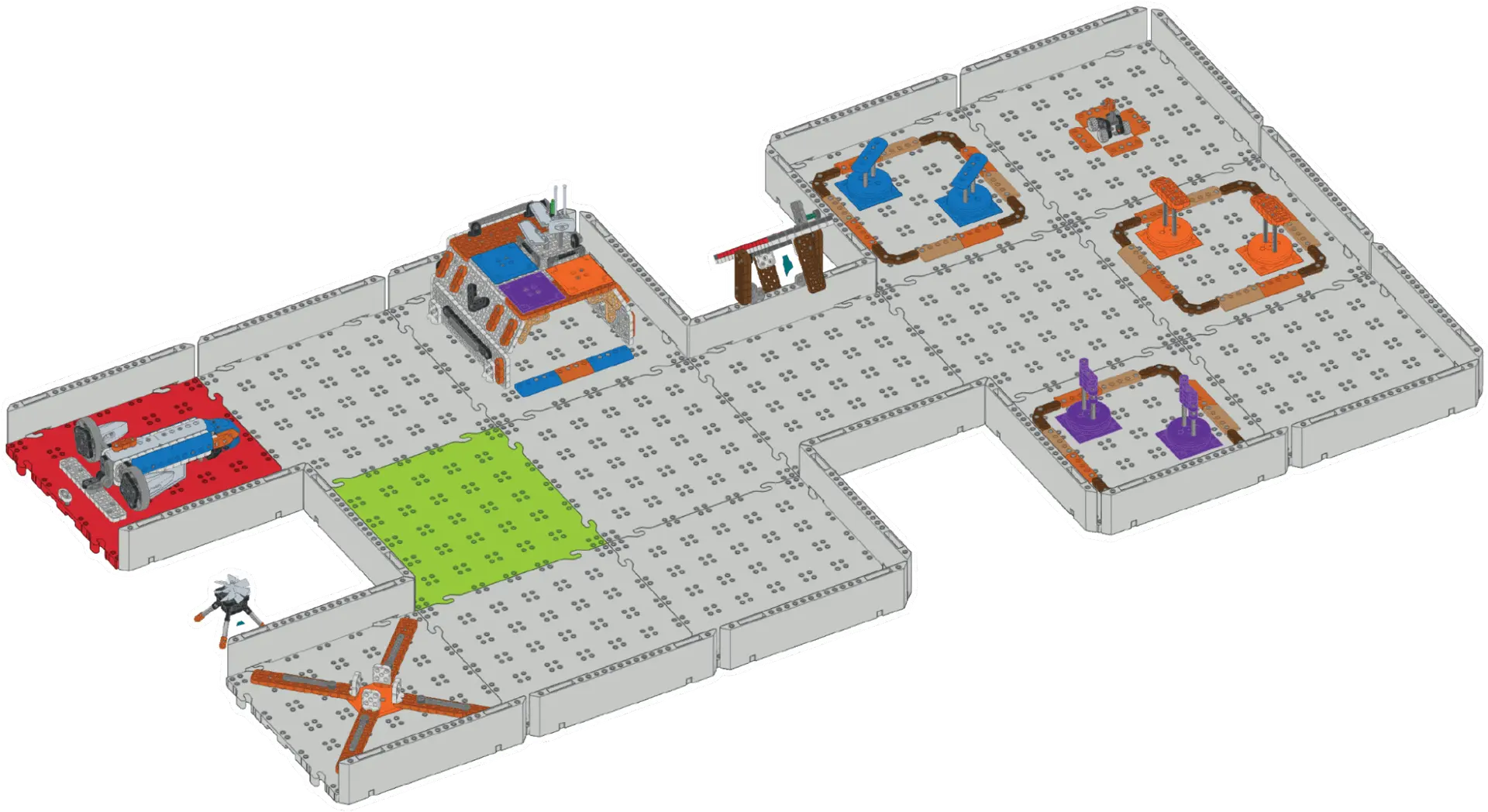


Mars Math Expedition Stage 3
Mars Math Expedition Stage 4
Mars Math Expedition Stage 2
Mars Math Expedition Stage 1
Students should be divided into groups and each team given a tile to build. Once all the tiles for the stage are ready, they can all work together to assemble the stage. Each stage can be built within one class period.
Building a VEX GO Competition Field
STEP 3- BUILD A ROBOT
For each Mission there are robots pre-designed that are well suited for the task. These are called Hero Robots. It is recommended that students start by building one of these robots. Starting with a pre-designed robot will give the students further building confidence and experience building a complete robot.
There are two Hero Robots recommended for the Missions: a Competition Base and Competition Advanced robot.
Students can make any changes and enhancements to the robot using their VEX GO Kit
Base Hero Robots can play lower level Missions
Advanced Hero Robots will require more driving experience by the students
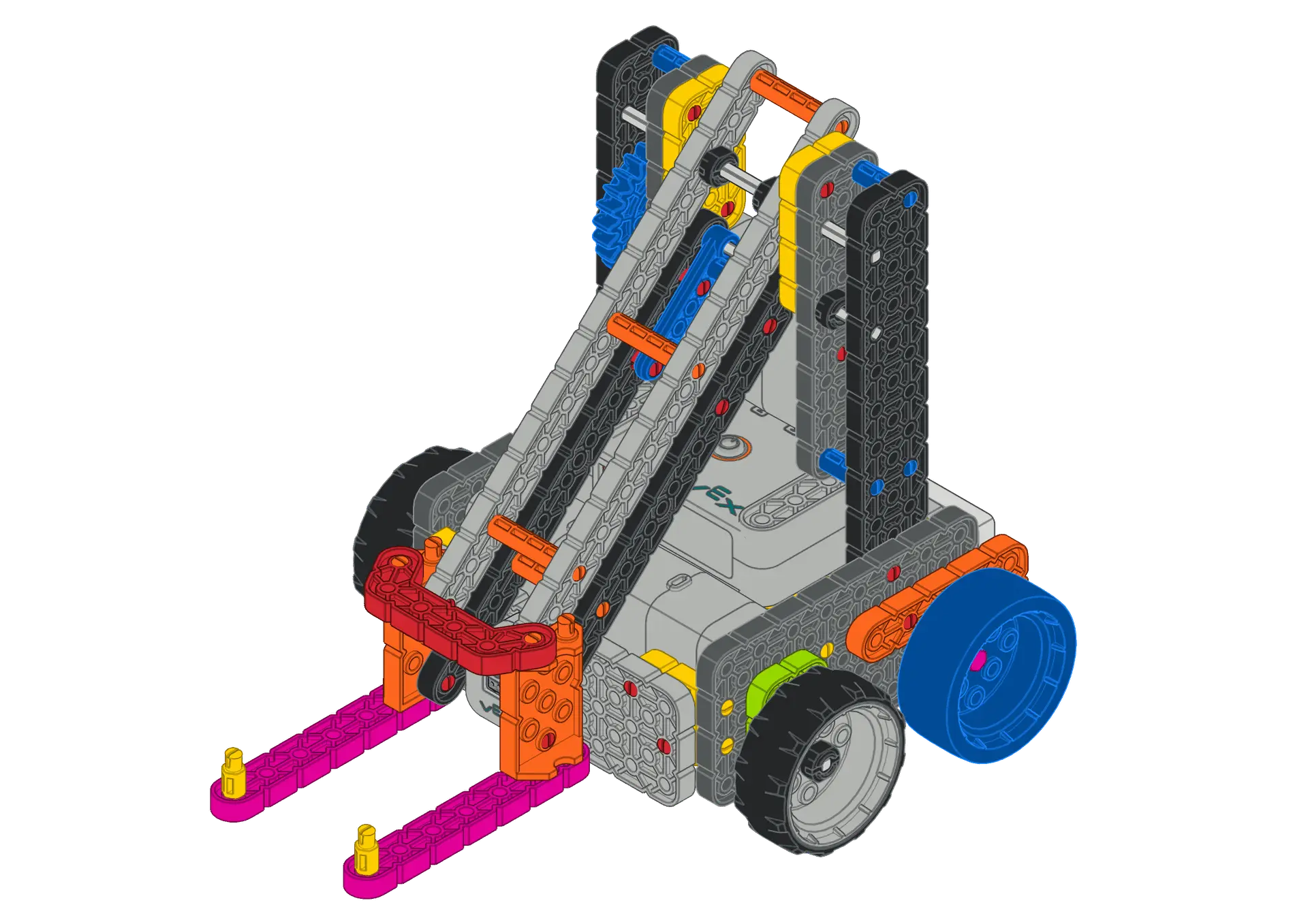
STEP 4- PRACTIVE A DRIVING
For each Mission there are robots pre-designed that are well suited for the task. These are called Hero Robots. It is recommended that students start by building one of these robots. Starting with a pre-designed robot will give the students further building confidence and experience building a complete robot.
STEP 5- PRACTICE THE COMPETITION
Now that students have had practice driving the robot, they can move on to practicing the stage of the Mission. This is a great time to review the rules and scoring for the Mission and give students the opportunity to iterate on their robot and come up with a game strategy.
Review the rules for the Mission
Review the scoring for the Mission
Begin practicing in groups.
Groups not finished with their robots can continue to build.
Groups waiting to compete can consider improvements to their robot or start working on a strategy for the Mission to earn the most points.
STEP 6- BUILD THE NEXT STAGE
After students have practiced with a stage and gained comfort with the driving and scoring associated with that stage, then can move on to the next Mission stage.
Go back to Step 3 and begin building the next stage of the Mission, then repeat steps 4-6 until all stages have been completed.

STEP 7- PARTICIPATE IN THE COMPETIOTN
After moving through all four stages, groups will all have their robots and the Mission field built and the entire mission. now the are fully ready to participate in the VEX GO Competition
During the Competiton there is also the option to use the VEX GO Leaderboard for the competition. For more information about the leaderboard, view this article.
WHAT'S NEXT ?
After finishing the competition, you may wonder where to go next. You and your students can:
- Progress to another Mission
- Hold a competition demonstration for the rest of the school
- Hold a school-wide VEX GO Competition
